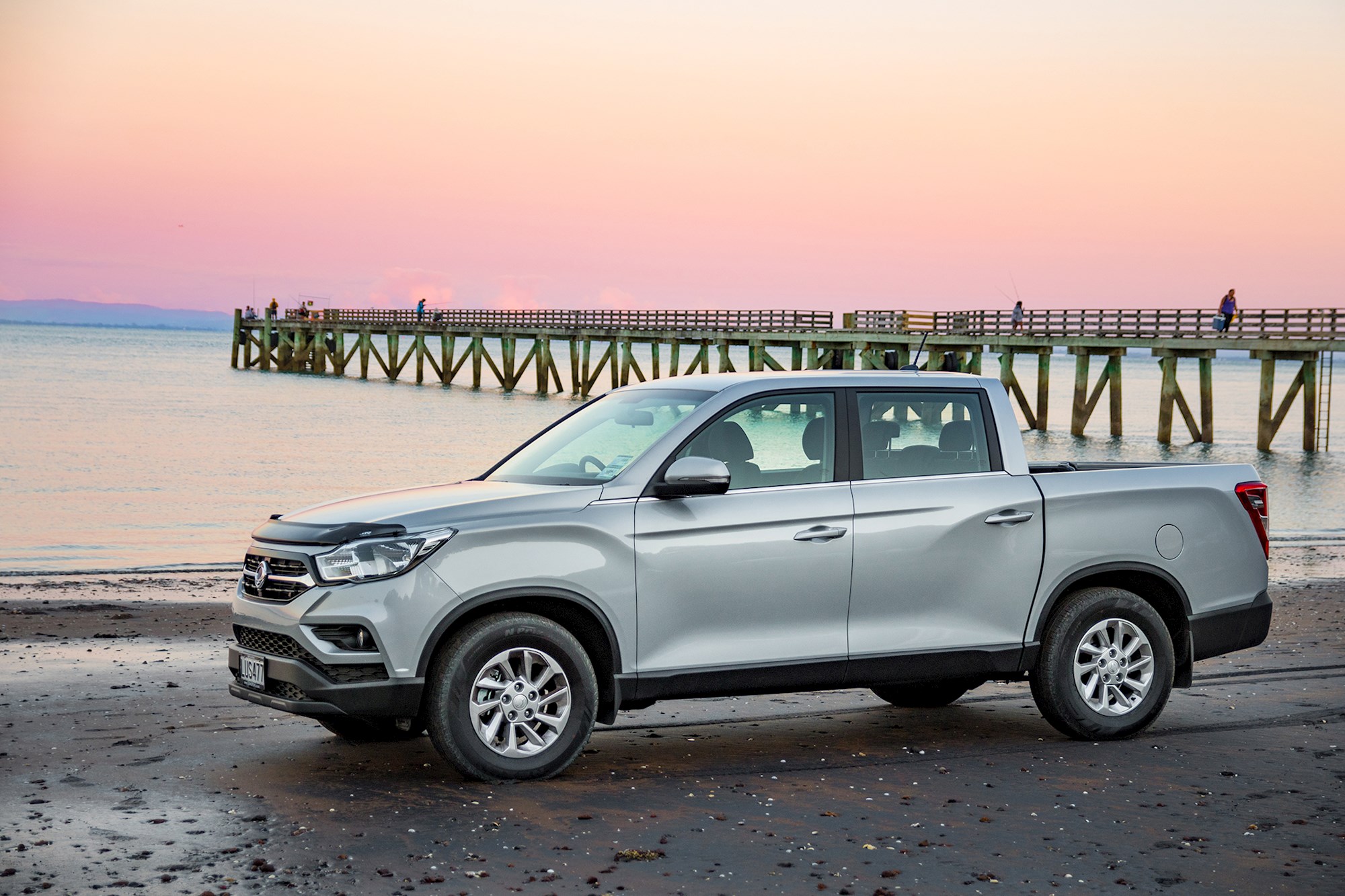The Ssangyong Rhino is a robust SUV known for its durability and off-road capabilities. However‚ like any vehicle‚ it is not without its issues. In this article‚ we will explore some common problems and considerations for potential owners and current drivers of the Ssangyong Rhino.
1. Engine Performance and Reliability
One of the critical aspects of any vehicle is its engine performance. The Ssangyong Rhino is equipped with a range of engines‚ but some owners have reported issues that are worth noting:
- Engine Stalling: Some drivers have experienced unexpected stalling‚ particularly during low-speed maneuvers.
- Excessive Oil Consumption: Reports indicate that certain models may consume more oil than expected‚ leading to potential engine damage over time.
- Turbocharger Problems: Turbocharged variants may face issues with lag or complete failure‚ necessitating costly repairs.
2. Transmission Concerns
The transmission system in the Ssangyong Rhino is generally robust‚ but there are a few concerns that have been noted:
- Shifting Issues: Some users report rough shifting‚ particularly when transitioning between gears.
- Automatic Transmission Problems: Automatic variants may experience delayed engagement or slipping‚ which can be frustrating for drivers.
3. Suspension and Steering Problems
The suspension system is crucial for off-road performance and overall ride quality. However‚ some owners have encountered issues:
- Worn Bushings: Over time‚ suspension bushings may wear out‚ leading to decreased handling and ride comfort.
- Steering Play: A common complaint is excessive play in the steering wheel‚ making it harder to control the vehicle‚ especially during off-road conditions.
4. Electrical Issues
Modern vehicles‚ including the Ssangyong Rhino‚ depend heavily on electrical systems. Some prevalent electrical issues include:
- Battery Drain: Some owners have reported battery drain issues‚ which can be frustrating and inconvenient.
- Faulty Sensors: Various sensors‚ such as the ABS and traction control‚ may fail‚ leading to warning lights on the dashboard and potential safety concerns.
5; Body and Interior Quality
While the Rhino is built to be rugged‚ there are still concerns related to body integrity and interior quality:
- Rust Problems: Some owners have reported rust forming in certain areas‚ particularly if the vehicle is frequently used in harsh climates.
- Interior Wear: The quality of interior materials may not hold up well over time‚ leading to premature wear and tear.
6. Fuel Efficiency
The fuel efficiency of the Ssangyong Rhino is another aspect that has drawn mixed reviews:
- Higher Fuel Consumption: Many users have noted that the Rhino’s fuel consumption is higher than anticipated‚ especially in city driving conditions.
- Engine Tuning: Some drivers have found that tuning the engine can improve fuel efficiency‚ but this may not be feasible for everyone.
7. Maintenance and Parts Availability
Maintaining a Ssangyong Rhino can be a challenge in some regions due to parts availability:
- Limited Parts Supply: Some specific parts may be hard to find‚ leading to longer wait times for repairs.
- Specialized Service Needs: Not all mechanics are familiar with the Rhino‚ which may require specialized service centers for maintenance.
The Ssangyong Rhino is a capable SUV‚ but potential owners should be aware of the issues that may arise. From engine and transmission concerns to electrical and body quality problems‚ being informed can help you make smarter decisions about purchasing and maintaining this vehicle. Regular maintenance and prompt attention to any issues can help ensure that your Ssangyong Rhino remains a reliable companion for your adventures.
As with any vehicle‚ it is essential to conduct thorough research and consider personal needs and driving conditions before making a purchase. Happy driving!

